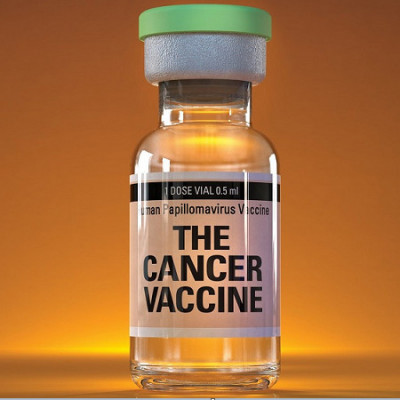
2021-08-10
Visited : 1818
Chinese scientists authored a comprehensive review on the different types, pros, and cons of available delivery vehicles for cancer vaccine development.
Over the years, significant advancements in cancer research have led us to the next step in cancer therapy – vaccines for cancer! However, the direct use of these vaccines in the affected individuals have often failed to bring about desired anti-tumor effects. One of the reasons for this failure is the lack of targeted delivery to the tumor cells. Accordingly, the next phase in cancer research that scientists are currently focusing their efforts on is finding appropriate cancer vaccine delivery vehicles.
Nanomaterial-based cancer vaccine delivery vehicles have been in development for several years. Despite several advancements in this research, there is still a long way to go before this technology become clinically available. To facilitate this process, consolidating all the available research on cancer vaccine delivery vehicles is the need of the hour.
Dr. Jie Liang and Dr. Xiao Zhao, from the CAS Key Laboratory for Biomedical Effects of Nanomaterials and Nanosafety & CAS Center for Excellence in Nanoscience, National Center for Nanoscience and Technology (NCNST), and University of Chinese Academy of Sciences (CAS), had the same idea. In this regard, they authored a comprehensive review on the different types, pros, and cons of available delivery vehicles. Their review, which also covers advancements in tumor antigen research, has been published in Cancer Biology & Medicine, and was made available online on 15th May 2021.
The authors have classified delivery vehicles into four main categories - lipid-based, polymer-based, inorganics-based, and bio-inspired vehicles. Lipid-based vehicles, which comprise liposomes, are capable of assuming a stable spherical shape after encapsulating the antigen. They are advantageous due to their similarities to the cell membrane, thus facilitating better uptake of the vaccine into the targeted area. Most recently, lipid-based vehicles have found use in mRNA vaccines.
Polymer-based vehicles provide more options, as synthetic or naturally sourced delivery vehicles, and are tunable to the required biochemical properties. Some examples of natural polymer-based vehicles include peptide and glycan nano/microcarriers; synthetic polymer-based vehicles include poly(lactic-co-glycolic acid) and polycaprolactone.
Vaccines with inorganic-based vehicles have been shown to support the aggravation of biochemical components in the immune system, which heightens the anti-cancer effect. A few examples of these include silica, gold, and iron oxide frameworks. Further explaining the effect of inorganic-based delivery vehicles, Dr. Zhao, who is the corresponding author of the review, says, "In general, inorganic-based delivery strategies should be used to ensure the enrichment and retention time of antigens in lymphatic circulation, where immune effectiveness is induced and then increased."
Even closer to home are bio-inspired delivery vehicles, which mimic the body's own cells or successful invaders like bacteria, viruses to achieve safe and specific cancer vaccine delivery. Moreover, these vehicles have the ability to act as adjuvants and can heighten immune activation.
However, the use of each of these vaccine delivery vehicles is limited by disadvantages like toxicity, biodegradability, and hampered immune responses, especially when used alone. The researchers, thus, propose a hybrid of different types of NCV to enhance the targeted anti-cancer activity. Moreover, they also highlight the need to validate the success of targeting specific tumor antigens, especially through in silico methods, before embarking on cancer vaccine delivery endeavors.
Overall, the authors are hopeful that their review would encourage fellow researchers to address the shortcomings of available cancer delivery vehicles, therefore, realizing an effective tumor-targeted vaccine delivery system, with the required therapeutic and prophylactic benefits. Further detailing what the review has achieved, Dr. Liang, says, "We summarize the development of preclinical therapeutic cancer vaccines and the advancements of nanomaterial-based delivery vehicles for cancer immunotherapies, which provide the basis for a personalized vaccine delivery platform. Moreover, we review the existing challenges and future perspectives of nanomaterial-based personalized vaccines for novel tumor immunotherapies."
Read the original article on News Medical.